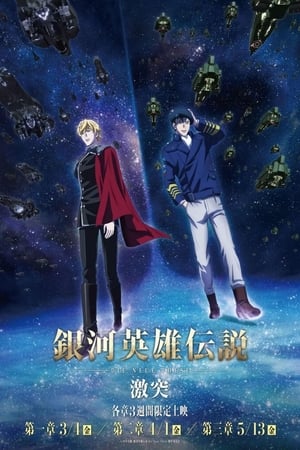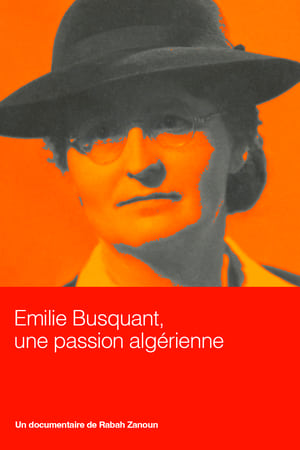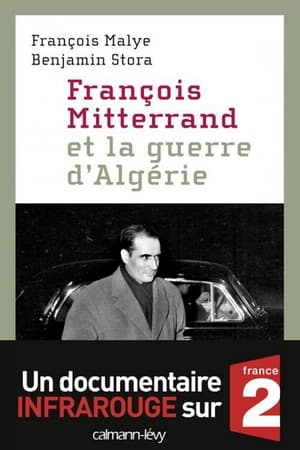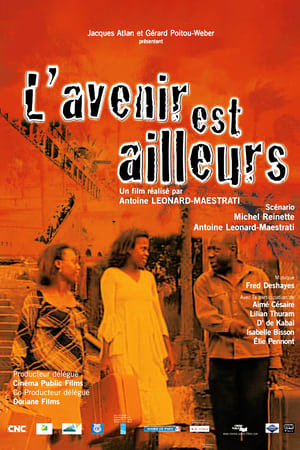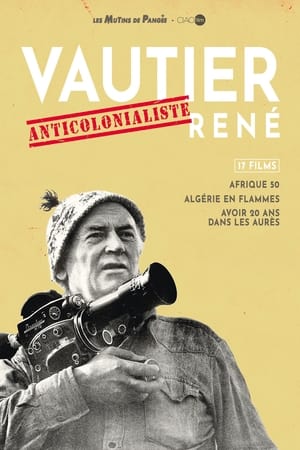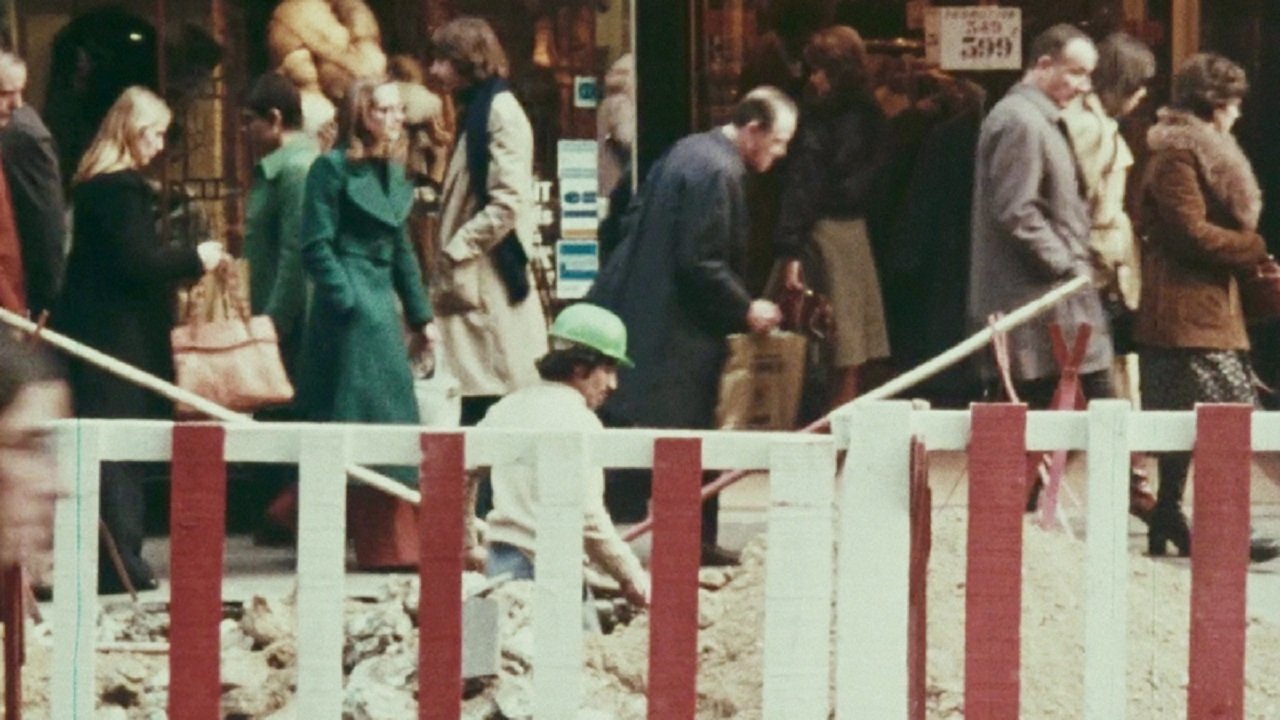
Ali in Wonderland(1975)
Ali in Wonderland unveils the condition of immigrant workers in Paris in the 1970s. It is a cry of anger against exploitation and racism, uncompromisingly raising the role of the French state, the media, capitalism, and colonization in this system of domination that crushes those who suffer it. In this experimental essay on the condition of Algerian migrants in Giscard's France in the mid-1970s, every aesthetic choice has a precise and legible political motivation and gives body and voice to a figure completely absent from the experimental cinema of the time: that of the immigrant worker. Abouda is one of the children of immigrants seen in the film, and not a simple activist serving a cause, which is why the emotion of her experimental gesture, which she throws in the viewer's face, springs from a ferocity inscribed in her body, from an insatiable anger that inhabits her gaze.
Movie: Ali in Wonderland
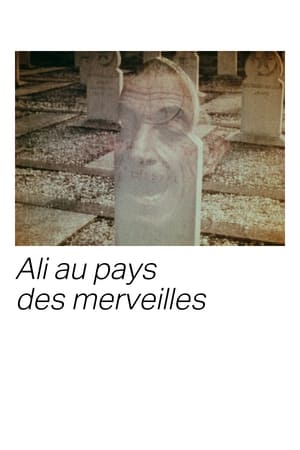
Ali Au Pays Des Merveilles
HomePage
Overview
Ali in Wonderland unveils the condition of immigrant workers in Paris in the 1970s. It is a cry of anger against exploitation and racism, uncompromisingly raising the role of the French state, the media, capitalism, and colonization in this system of domination that crushes those who suffer it. In this experimental essay on the condition of Algerian migrants in Giscard's France in the mid-1970s, every aesthetic choice has a precise and legible political motivation and gives body and voice to a figure completely absent from the experimental cinema of the time: that of the immigrant worker. Abouda is one of the children of immigrants seen in the film, and not a simple activist serving a cause, which is why the emotion of her experimental gesture, which she throws in the viewer's face, springs from a ferocity inscribed in her body, from an insatiable anger that inhabits her gaze.
Release Date
1975-01-01
Average
7.1
Rating:
3.5 startsTagline
Genres
Languages:
العربيةFrançaisKeywords
Recommendations Movies
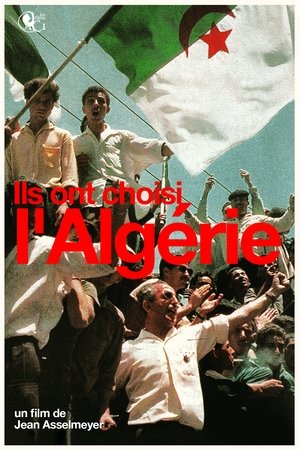 10.0
10.0They Chose Algeria(fr)
Many of them participated in the struggle for Algerian independence. There are "those who believed in heaven", priests, Christians committed against torture, friends of the "natives", there are "those who did not believe in it", communist activists, students, progressive intellectuals, others remained in this country because they could not imagine living anywhere other than in this land of all passions. They are European and chose to stay in Algeria after independence, most of them opted for Algerian nationality. The film is another vision of the history of Algeria from the end of the fifties to the present day, told by these Europeans filmed at home, or in the context of their activities, illustrated by unpublished archive documents.
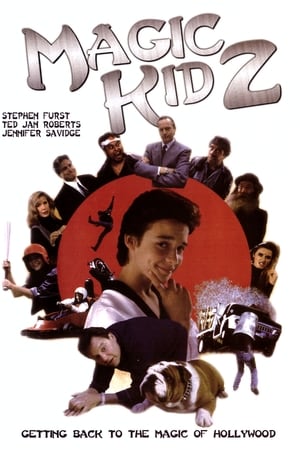 4.9
4.9Magic Kid II(en)
Kevin Ryan is Hollywood's leading teen heartthrob. He's the star of "Ninja Boy," a hot Martial Arts TV series. The trouble starts when Kevin decides he wants to leave the hit show, so that he can go to high school and lead a normal teenager's life. However, he is the Studio's biggest money maker and the unscrupulous executives are NOT going to let him leave. Their sinister plans involve a desirable young starlet, a muscle-bound mountain man, and an army of inept thugs trying to kill Kevin's loveable, but mixed-up manager, Uncle Bob.
 2.5
2.5Stalker 2: Dandelion(en)
An unfortunate mix-up leaves an unsuspecting victim in a situation of life or death.
 7.0
7.0Cars(en)
Lightning McQueen, a hotshot rookie race car driven to succeed, discovers that life is about the journey, not the finish line, when he finds himself unexpectedly detoured in the sleepy Route 66 town of Radiator Springs. On route across the country to the big Piston Cup Championship in California to compete against two seasoned pros, McQueen gets to know the town's offbeat characters.
 7.0
7.0Cine Gibi 7: Bagunça Animal(pt)
Trying to escape his bath, Monicão ends up hiding in the movie theater. Mônica can't find her pet in the dark, so she asks Franjinha to play some short films that might lure the dog out of hiding.
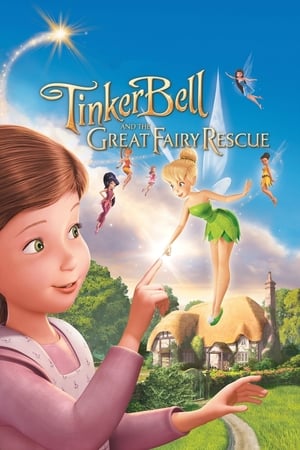 6.7
6.7Tinker Bell and the Great Fairy Rescue(en)
During a summer stay on the mainland, Tinker Bell is accidentally discovered while investigating a little girl's fairy house. As the other fairies, led by the brash Vidia, launch a daring rescue in the middle of a fierce storm, Tink develops a special bond with the lonely, little girl.
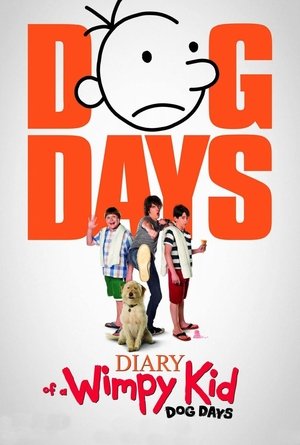 6.3
6.3Diary of a Wimpy Kid: Dog Days(en)
It's summertime, and Greg Heffley is looking forward to playing video games and spending time with his friends. However, Greg's dad has other plans: He's decided that some father-son bonding time is in order. Desperate to prevent his dad from ruining summer vacation, Greg pretends he has a job at a ritzy country club. But Greg's plan backfires, leaving him in the middle of embarrassing mishaps and a camping trip gone wrong.
 7.0
7.0Knick Knack(en)
Life on a shelf as a snowman trapped in a snow-globe blizzard can become wearing, especially when you're surrounded by knickknacks from sunnier locales. When the jaded snowman finally breaks free of his glass house, his vacation plans are cut short.
 7.6
7.6Dylan Moran: Like, Totally(en)
Dylan Moran returns with an all-new stand-up show. Unpredictable, startling, bizarre, elegiac, but above all brilliant and hilariously funny, Moran is a master of comedy.
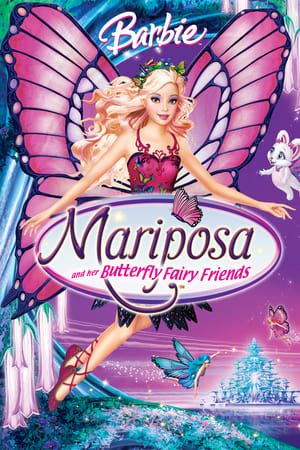 6.8
6.8Barbie Mariposa(en)
Elina, heroine of the Fairytopia films tells her friend Bibble the story of Flutterfield, a faraway kingdom populated by fairies with butterfly wings. Henna, the evil butterfly fairy has poisoned the queen of Flutterfield in an attempt to take over the kingdom.
Six: Inside(en)
Delves deep into the anxiety, thrill and uncertainty of six aspiring animation artists as they are plunged into the twelve-week trial-by-fire that is the NFB's Hothouse for animation filmmakers.
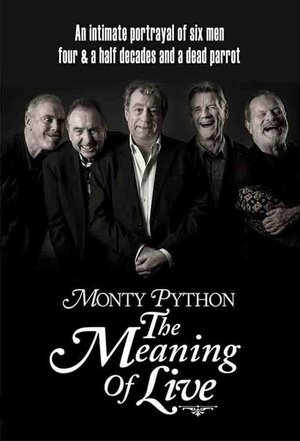 7.5
7.5Monty Python: The Meaning of Live(en)
With unprecedented access, this program reveals the humour, chaos and passion that went into bringing the Flying Circus to the stage cumulating in the legendary One Down, Five To Go.
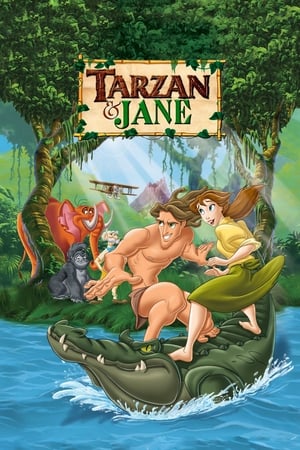 6.0
6.0Tarzan & Jane(en)
With the first anniversary of her wedding to Tarzan beckoning, Jane ponders how to make it the perfect English celebration.
 6.8
6.8The Sunshine Boys(en)
Lewis and Clark, aka The Sunshine Boys, were famous comedians during the vaudeville era, but off-stage they couldn't stand each other and haven't spoken in over 20 years of retirement. Willy Clark's nephew is the producer of a TV variety show that wants to feature a reunion of this classic duo. It is up to him to try to get the Sunshine Boys back together again.
 5.9
5.9Messenger of Death(en)
A Denver reporter investigates the mass murder of a family of Mormons in rural Colorado.
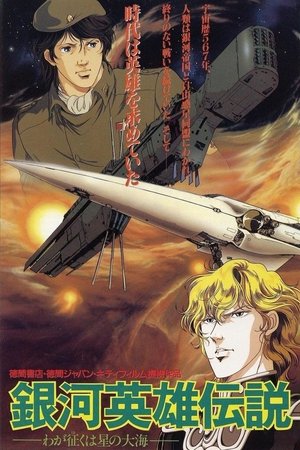 7.8
7.8Legend of the Galactic Heroes: My Conquest Is the Sea of Stars(ja)
For the past 150 years, humanity’s two greatest nations have been deadlocked in a meaningless war. In what is hoped to be a miraculous victory, the Alliance embarks on a battle to break through the Empire’s frontline. Like many other “decisive” battles, this can only end in disaster; a sentiment shared by Imperial nobleman Reinhard von Lohengramm and Alliance Commodore Yang Wen Li, both of whom realize how to turn the fight in their favor. And while the tides of war may never change, these two men must rise to the occasion, solidifying their place in history as heroes.
 6.7
6.7Fist of the North Star: The Legend of the True Savior: Legend of Raoh-Chapter of Death in Love(ja)
A film adaptation of the Holy Emperor story arc, which primarily depicted the conflict between Kenshiro and Souther. New characters Reina, one of Raoh's army officers who falls in love with him, and her brother Soga, Raoh's advisor, play an important part with much of the plot involving Raoh's relationship with Reina as he conquers the land; most of this portion is new content exclusive to this film. The other side of the story is the retelling of Ken's attempt to save and protect the villagers from Souther's army with the help of Shū. There is also a small subplot of Bart returning to his home.
 7.6
7.6Donten: Laughing Under the Clouds - Gaiden: Chapter 2 - The Tragedy of Fuuma Ninja Tribe(ja)
Fuma ninja clan is a secret ninja tribe that is waiting for the "Orochi" (gigantic snake) to resurrect for generations. Shirasu and his twin brother Ichiu grew up in this viscous environment and this tells how they become the leaders of the clan.
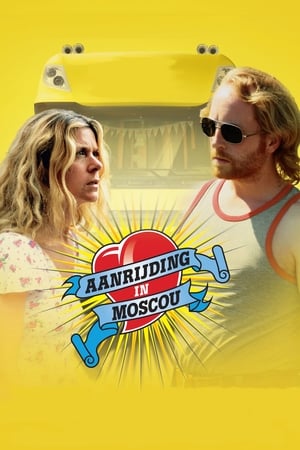 6.7
6.7Moscow, Belgium(nl)
‘Moscou’ is a densely populated working class neighbourhood on the outskirts of Ghent, Belgium. Matty, mother of three, bumps her car into a truck on the parking lot of a supermarket. Johnny climbs down from the cabin. He is infuriated by the dent in his front bumper and yells at Matty. Although impressed by the accident, Matty fights back with sharp words. Their discussion turns into a row, and the police have to intervene. Matty goes home, the trunk of her car dancing up and down. Back in her apartment, Matty takes a hot bath to recover from the afternoon’s emotionswhen the phone rings. It’s Johnny, apologizing for his behaviour on the parking lot. Matty tells him to stay out of her life. A dramatic comedy begins about a woman whose soul is full of dents and bruises.
Similar Movies
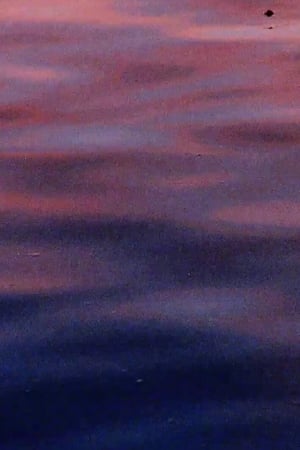 4.0
4.0Color-Blind(fr)
A synaesthetic portrait made between French Polynesia and Brittany, Color-blind follows the restless ghost of Gauguin in excavating the colonial legacy of a post-postcolonial present.
 10.0
10.0Woman of Courage - Louisa Ighilahriz(ar)
The autobiographical account of the tormented life of a witness of the century: Louisa Ighilahriz, activist and leading figure in Algerian independence. A student, she joined the independence struggle at the age of 20, joining the ranks of the FLN on the eve of the Battle of Algiers in late 1956 under the name Lila. She took part in the high school students' strike, then fled into the maquis when she was actively sought after. She was part of the French FLN support network of "suitcase carriers" during the Battle of Algiers. Seriously wounded alongside her network leader, Saïd Bakel, during an ambush in 1957, hospitalized and then imprisoned, she suffered numerous tortures in French prisons. She will be saved from certain death by an anonymous person, she will seek, for forty years, to find him just to show him her gratitude... Emblematic of the painful Franco-Algerian history, Louisa's story is poignant and imbued with humanism.
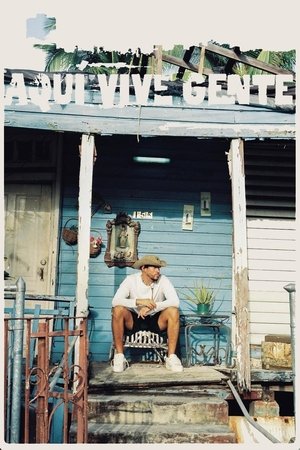 0.0
0.0El apagón: Aquí vive gente(es)
“El Apagón: Aquí Vive Gente” is a documentary directed by Bad Bunny and Blanca Graulau. This 23-minute film explores the socio-economic challenges in Puerto Rico, focusing on the effects of power outages and gentrification driven by the real estate and energy sectors. Through visuals and personal stories, the documentary highlights the experiences of Puerto Rican communities facing these issues.
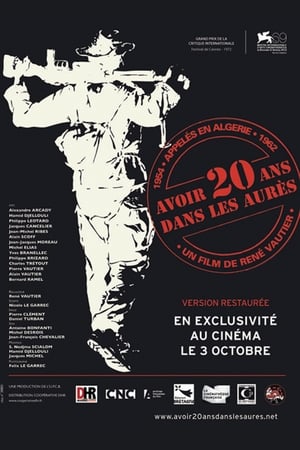 7.5
7.5To Be Twenty in the Aures(fr)
A group of refractory and pacifist Bretons is sent to Algeria. These beings confronted with the horrors of war gradually become killing machines. One of them did not accept it and deserted, taking with him an FLN prisoner who was to be executed the next day. International Critics Prize at the 1972 Cannes Film Festival. Copy restored in 2012
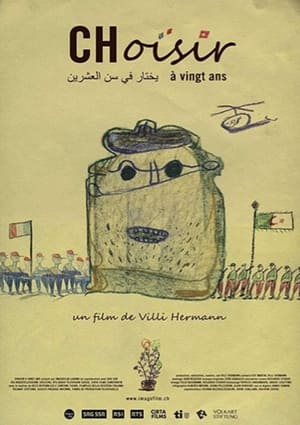 6.8
6.8CHoosing at Twenty(fr)
Between 1954-1962, one hundred to three hundred young French people refused to participate in the Algerian war. These rebels, soldiers or conscripts were non-violent or anti-colonialists. Some took refuge in Switzerland where Swiss citizens came to their aid, while in France they were condemned as traitors to the country. In 1962, a few months after Independence, Villi Hermann went to a region devastated by war near the Algerian-Moroccan border, to help rebuild a school. In 2016 he returned to Algeria and reunited with his former students. He also met French refractories, now living in France or Switzerland.
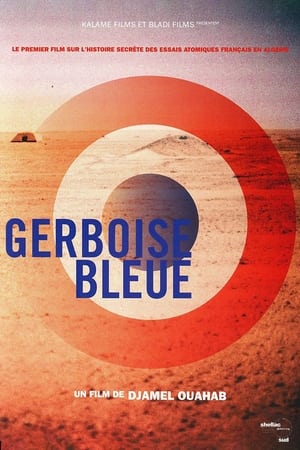 10.0
10.0Gerboise Bleue(fr)
"Gerboise bleue", the first French atomic test carried out on February 13, 1960 in the Algerian Sahara, is the starting point of France's nuclear power. These are powerful radioactive aerial shots carried out in areas belonging to the French army. Underground tests will follow, even after the independence of Algeria. From 1960 to 1978, 30,000 people were exposed in the Sahara. The French army was recognized recognized nine irradiations. No complaint against the army or the Atomic Energy Commission has resulted. Three requests for a commission of inquiry were rejected by the National Defense Commission. For the first time, the last survivors bear witness to their fight for the recognition of their illnesses, and revealed to themselves in what conditions the shootings took place. The director goes to the zero point of "Gerboise Bleue", forbidden access for 47 years by the Algerian authorities
 10.0
10.0Algeria 1954, The Revolt Of A Colonized(fr)
This film presents the point of view of an Arab from Algeria who rebels against colonization. He analyzes the process of awareness, the transition to revolt, to armed insurrection. Algeria and the settlers are seen through this lens and not the way a Frenchman saw the country. He gives voice to the Arabs at a time when this word was not heard: sometimes it was not even produced, at least publicly. The testimonies are based on real propositions, most of them were made to the author during his stay in Algeria from 1948 to 1956, then in 1958 and 1959. The comments are borrowed from the texts of Arab theorists of the revolution Algerian. This film thus completely evacuates the point of view of those who are not insurgents; he does not give the opinion of the colonists. It is the direct expression of what was the revolt of a colonized person: it thus constitutes the very type of the historical document.
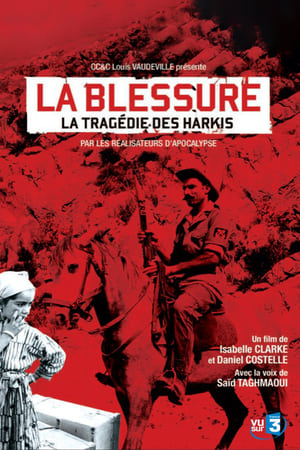 10.0
10.0An Unhealed Wound - The Harkis in the Algerian War(fr)
It's the unforgivable story of the two hundred thousands harkis, the Arabs who fought alongside the French in the bitter Algerian war, from 1954 to 1962. Why did they make that choice? Why were they slaughtered after Algeria's independence? Why were they abandonned by the French government? Some fifty to sixty thousands were saved and transferred in France, often at pitiful conditions. This is for the first time, the story of this tragedy, told in the brilliant style of the authors of "Apocalypse".
The Fields of Immokalee(en)
For decades, migrant workers have worked the fields of Immokalee, harvesting tomatoes, peppers, eggplants, oranges and other produce that is then shipped across the United States of America. Many of the workers are undocumented, and attempting to keep their jobs even as federal migration crackdowns hover over the town. The Fields of Immokalee film follows the daily lives of tomato workers, from the 5:00am trips to the parking lot in hopes of finding day labor, to work sessions in the scorching mid-day heat, to child detention centers for migrant youth that have been separated from their families. Via these vignettes, the film offers insight into the most volatile political issue of our time.
 10.0
10.0Abd El-Kader(fr)
Illustrated with archival photographs, animations and live action, this film explores the history and historical and spiritual heritage of Emir Abd El-Kader. Algerian leader of the 19th century, was admired by Abraham Lincoln and celebrated to this day by the Red Cross as a great humanitarian. Emir Abd el-Kader, the man who challenged the French armies from 1832 to 1847 before creating the bases of a real Algerian state, is today considered by independent Algeria as one of the most outstanding figures. of its history. The nobility of his attitude after his capture and the very effective protection he brought to the Christians of Damascus at the end of his life also earned him great prestige among his former adversaries. A documentary told in dialectal Arabic by the voice of Amazigh Kateb.
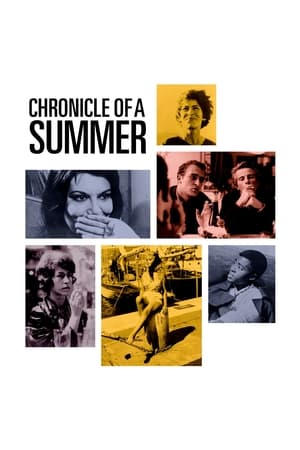 7.2
7.2Chronicle of a Summer(fr)
Paris, summer 1960. Anthropologist and filmmaker Jean Rouch and sociologist and film critic Edgar Morin wander through the crowded streets asking passersby how they cope with life's misfortunes.
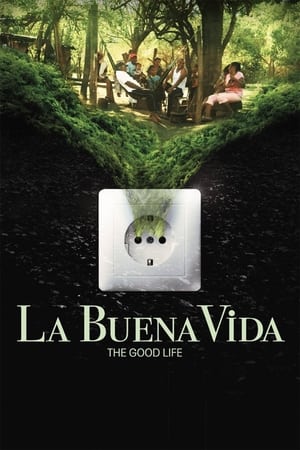 7.2
7.2La Buena Vida - The Good Life(de)
The village of Tamaquito lies deep in the forests of Colombia. Here, nature provides the people with everything they need. But the Wayúu community's way of life is being destroyed by the vast and rapidly growing El Cerrejón coal mine. Determined to save his community from forced resettlement, the leader Jairo Fuentes negotiates with the mine's operators, which soon becomes a fight to survive.
 9.0
9.0À Propos De... L'autre Détail(fr)
Documentary edited from testimonies on the torture of people who experienced the war. Some witnesses were tortured by Jean-Marie Le Pen. These testimonies will help defend the newspaper Le Canard Enchaîné in court against Jean-Marie Le Pen for defamation. The film was shown in 1985 during the trial and some witnesses also came to support the newspaper. But the 1963 amnesty law protects the politician, prohibiting the use of images that could harm people who served during the Algerian war.
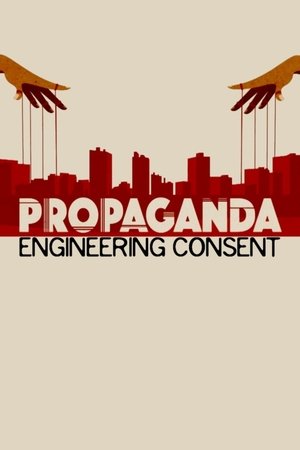 7.0
7.0Propaganda: Engineering Consent(fr)
How can the masses be controlled? Apparently, the American publicist Edward L. Bernays (1891-1995), a pioneer in the field of propaganda and public relations, knew the answer to such a key question. The amazing story of the master of manipulation and the creation of the engineering of consent; a frightening true story about advertising, lies and charlatans.
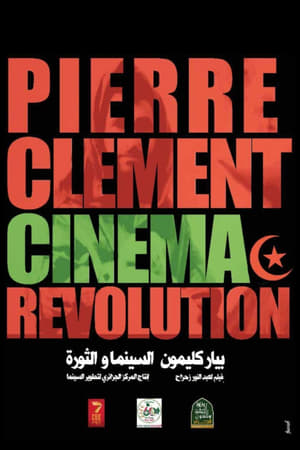 10.0
10.0Pierre Clément, Cinéma et Révolution(ar)
Pierre Clément, student and photographer of René Vauthier, first accompanied him to Tunisia to make a film on the country's independence in 1957. Destiny led him to Algeria and his presence in February 1958 at the Tunisian-Algerian border changed his life. . Forever. He took his camera and photographed the attacks on Sakia Sidi Youssef before committing himself body and soul to the Algerian cause. Shortly after, he directed the film “Algerian Refugees” before being arrested, tortured and imprisoned, while his third film, “The National Liberation Army in Almaki”, was not finished. Abdel Nour Zahzah, a director who commemorates Pierre Clément, the director who risked his life, the brother of the Algerian resistance, who disappeared in 2007.
